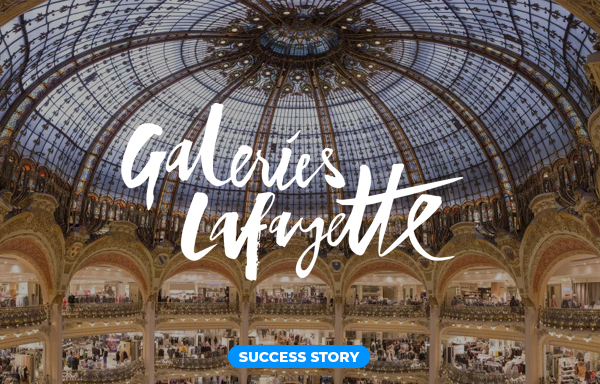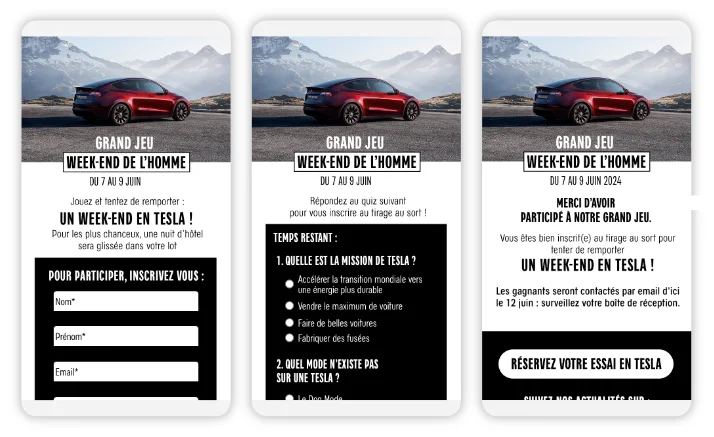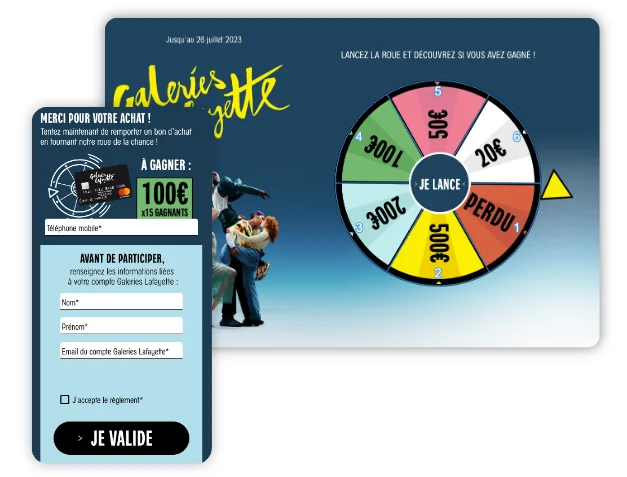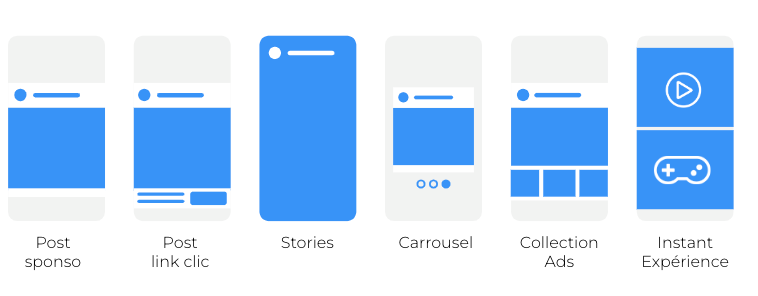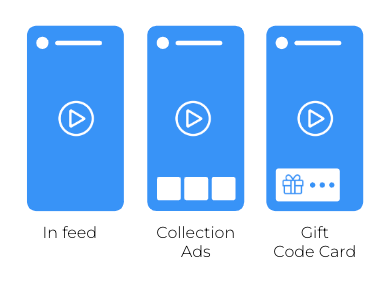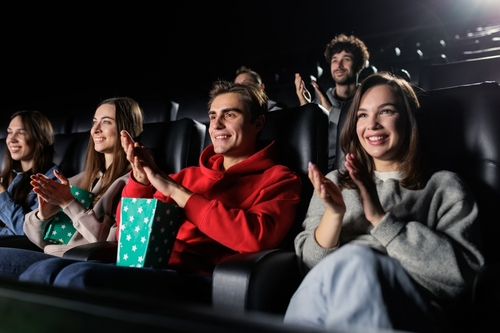
Cinema marketing strategies: using gamification to promote a film
Cinema marketing is evolving in line with audience expectations. Today, cinema marketing strategies can no longer be based solely on trailers, posters and press reviews to promote a film.
Audiences now trust their peers’ opinions and the influencers’ recommendations before going to the cinema. They also expect captivating and participative promotional campaigns that plunge them into the heart of the plot of the films they are going to see in the cinema.
As well as creativity and originality, film promotion benefits from successfully bringing fiction in the viewers’ reality. In this context, Playable Marketing, i.e promotional formats that can be played and interacted with, is proving to be a powerful lever for standing out from the crowd and arousing public interest.
This article looks at the benefits of gamification to promote a film, based on 3 examples of successful interactive campaigns.
The new challenges of cinema marketing
Cinema marketing has always been subjected to one major challenge: profitability. The distribution budget (i.e all the costs associated with promoting a film) generally represents several hundred thousand euros for French films (or even several million for major American productions). The studios are therefore faced with the ROI challenge of making a profit by controlling their communication costs while attracting enough cinema-goers.
With the arrival of VOD (video on demand via platforms such as Netflix) and the pandemic, cinema-goers have long shunned cinemas. So the cinema and media players are faced with a real challenge: convincing audiences to move by offering them a unique experience that they won’t find via streaming: iMax, 3D, sound quality or in-theatre events.
Marketing formats to promote films must also adapt to new content consumption habits and the battle for attention that advertisers are waging online. Trailers are becoming shorter and more immersive in order to capture and hold users’ attention.
Finally, film studios need to take account of audiences’ search for authenticity and proximity. Social proof, i.e feedback and reviews from the audience itself or from influencers with who they feel closer, are now much more effective in promoting a film than traditional communication channels. Partnerships with influencers enable advertisers to create campaigns that are more interactive with the public and better able to generate and manage anticipation before the film is released in cinemas.
Why is Playable Marketing an effective way of promoting a film?
Playable Marketing is a communication strategy that involves replacing traditional advertising formats with interactive campaigns. The audience is no longer simply a spectator, but can interact with the advertiser via playable ads that incorporate game elements.
Gamified marketing transforms the points of contact between film studios and the public into an experience that is both fun and entertaining, offering numerous advantages for the successful promotion of a film.
Boosting audience engagement
At a time when users are exposed to hundreds of advertisements everyday, Playable Marketing is a way of standing out from the crowd and effectively engage its audience. The interactive aspect makes the promotional experience more memorable and makes an impression on the general public, encouraging them to immerse themselves in the world of the film.
Increase the number of cinema-goers
Playable Marketing is also an effective lever for increasing the conversion rates of promotional campaigns. it encourages action by multiplying interactions with the world of the film tight up to its release in cinemas, and can even offer rewards to spectators to encourage them to buy their tickets (via promotions, free tickets, gifts distributed at the screening, etc.)
Getting to know the audience better
To convince cinema-goers to go to the cinema (or to watch a film/series on a VOD service), advertisers need to understand their expectations and consumption habits. Once again, Playable Marketing helps to meet this challenge for cinema marketing by multiplying the points of contact with the audience. This makes it easier for film studios to collect zero and first party data in order to understand their audience’s preferences in terms of marketing, cinema experience, film genre, etc.
This data can then be reactivated in future campaigns in order to:
- boost their performance (better reach, higher room conversion rates)
- or retarget viewers with targeted film recommendations.
Examples of interactive marketing strategies to promote a film
Interactive marketing has already proved its worth as a more effective way of promoting a film or content available via streaming. Here are three examples of cinema marketing strategies from which to draw inspiration to engage your audience and attract viewers to your cinema/VOD platform.
1. A Flip Win to promote the release of Becoming Karl Lagerfeld
To promote the film Becoming Karl Lagerfeld (available on Disney+), the platform offered its audience a marketing game: the Flip Win. Users were invited (after filling in an entry form) to turn over a fan from among the 3 on offer for a chance to win a prize (a book dedicated to the life of the fashion designer, tickets for the theatrical preview, etc.).
Tip: opt for an Instant Win mechanism, which is ideal for engaging your audience because participants know immediately whether or not they have won.
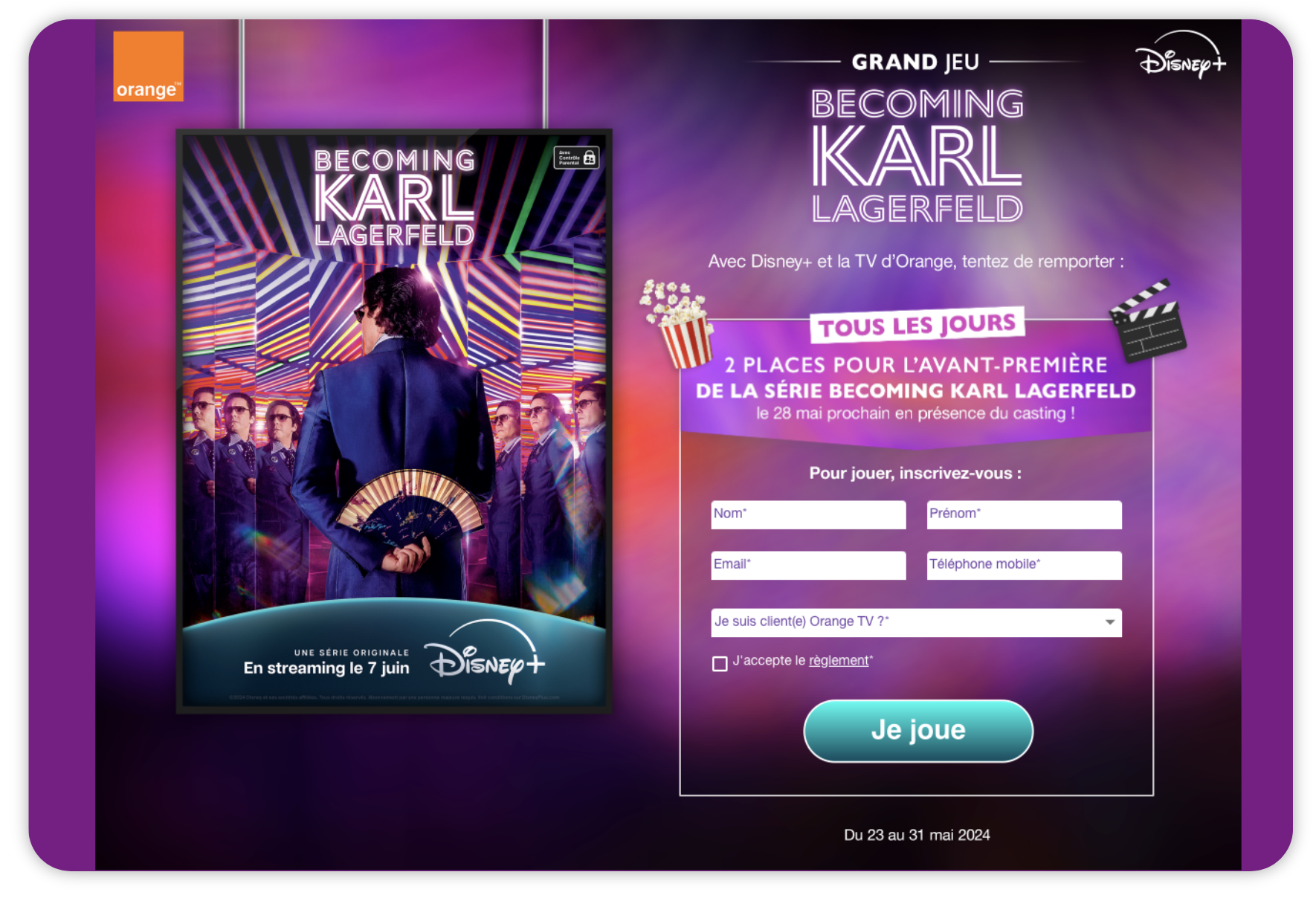
2. A Jackpot to promote the second season of House of the Dragon
When the second season of House of Dragon was released, the VOD service Sky Shows relied on a Playable Marketing format that was well known to the public: the One-armed Bandit. This customisable mechanism was used to create an immersive experience, as the symbols to be aligned corresponded to the emblems of the great houses emblematic of the series, while collecting optin for its future promotional communications.
Tip: boost the participation rate and the performance of your campaign by offering attractive prizes (tickets for an amusement park, free season tickets, etc.).

3. The voting mechanism to refine our knowledge of the MTV community
The MTV channel uses games to engage its community around the channel’s flagship programs. In addition to the animation, the Playable Marketing voting mechanism enabled MTV to identify user preferences in order to refine its customer knowledge. Participants were invited to vote for the best music videos of the year for a chance to win collector’s goodies.
Tip: take advantage of interactive mechanisms to gather preferences and adapt your program schedule to the audience’s expectations.

Conclusion
Playable Marketing offers numerous advantages for media wishing to promote a film or VOD program. By engaging viewers through an immersive and entertaining experience and facilitating data collection, these formats are ideal for managing audience expectations and boosting the visibility of their productions. Create campaigns by customising one of our playable promotion mechanisms.


